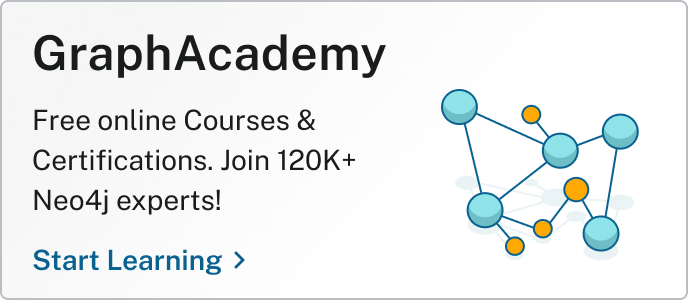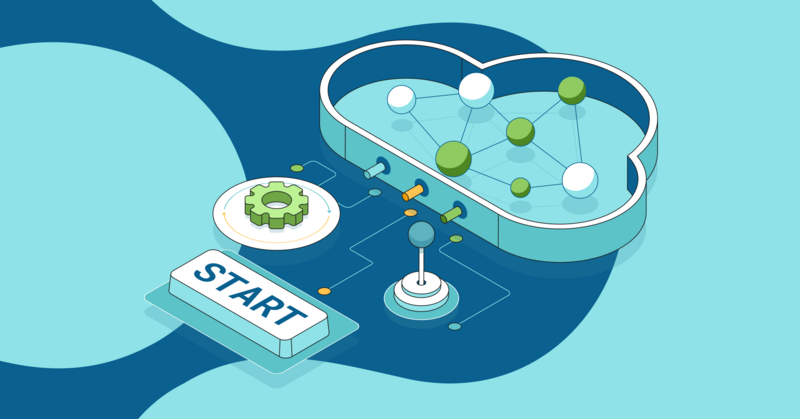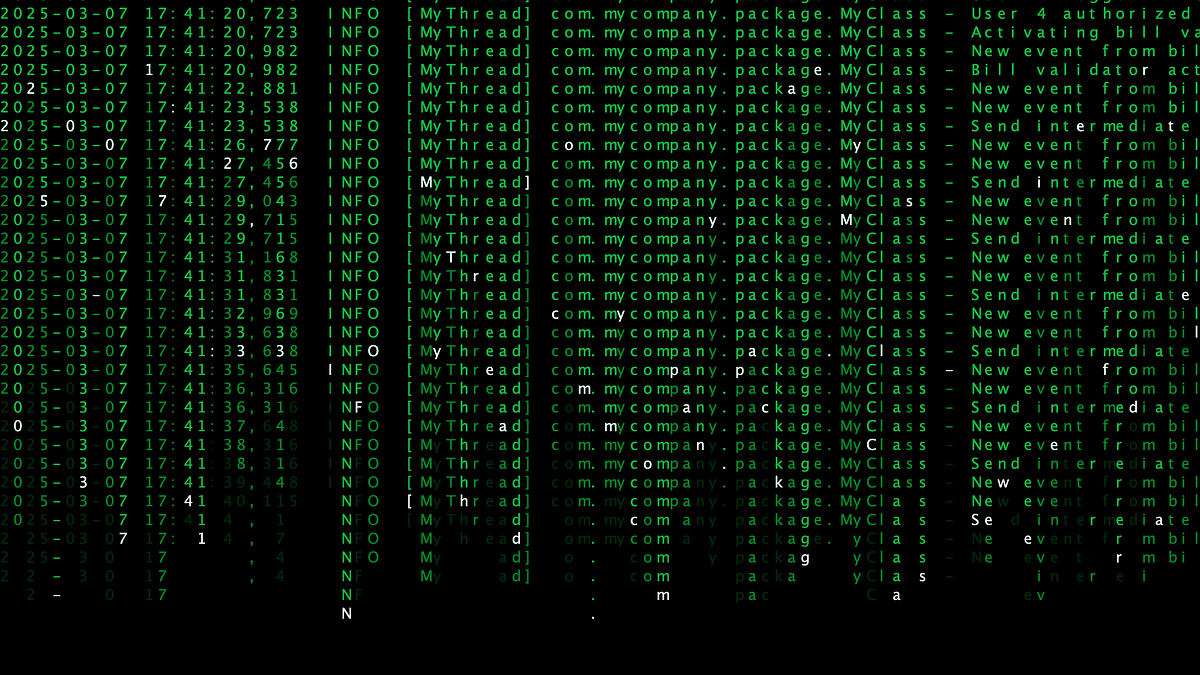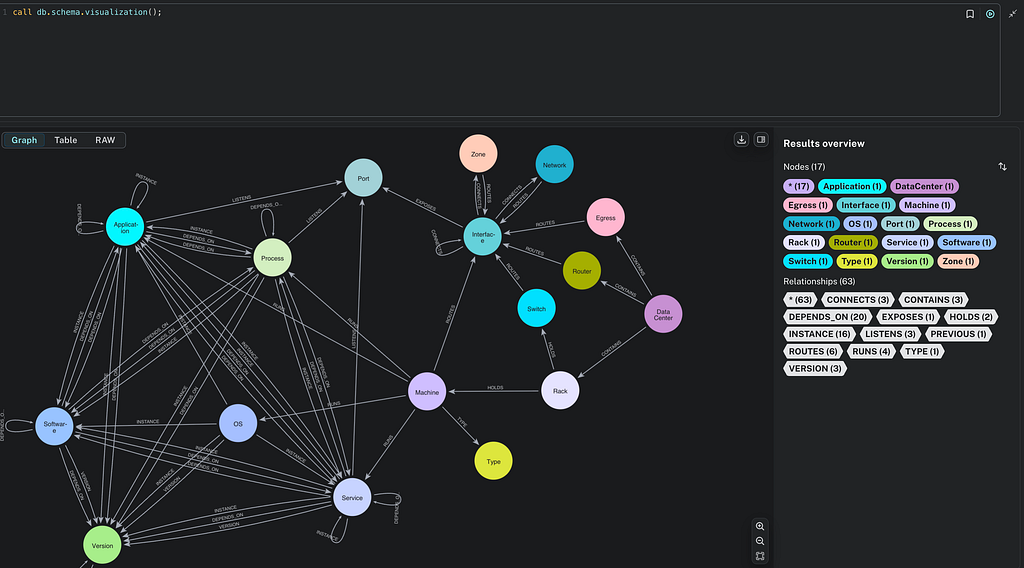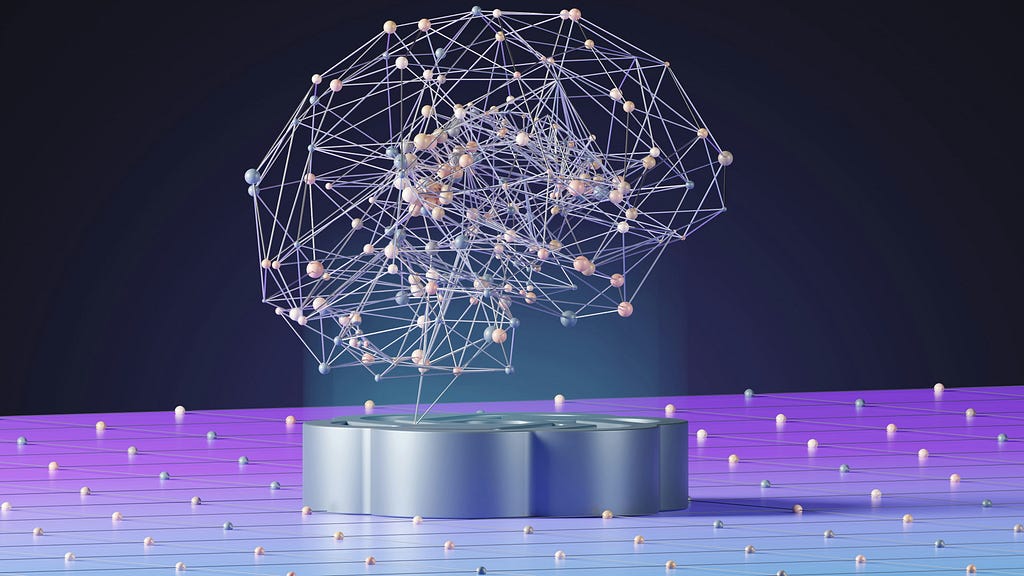GraphTalk Pharma & Life Sciences 2025 — A Recap

Senior Developer Marketing Manager
3 min read

For a few years in a row, we’ve gathered the global pharma and life sciences communities to discuss how graph technology can help with their data challenges. This year’s event was dedicated to the practical application of knowledge graphs, GraphRAG, and GenAI in life sciences and healthcare.

The event brought together technical leaders, developers, and data scientists from across pharma and biotech. Attendees exchanged ideas, explored production-ready graph architectures, and shared how they’re using Neo4j to tackle some of the industry’s most pressing data challenges — from R&D knowledge management to precision medicine and drug discovery.
Missed the event? You can watch all the sessions now.
A Day of Real-World Graph Insights
Throughout the day, speakers highlighted how graph-native approaches enable structured, explainable, and scalable solutions for complex biomedical data. There are four standout sessions worth watching.
Synaptix — Managing R&D Knowledge Using Graphs & GenAI
Speaker: Natalie Romanov, Merck Group
Merck shared how its Synaptix platform connects fragmented knowledge across pre-clinical research, clinical development, and regulatory operations. Using Neo4j, they’ve built a graph ecosystem that powers both analytics and agentic GenAI workflows — from drug repurposing to competitive intelligence. It’s a leading example of dual-platform strategy: combining structured graph models with generative interfaces to deliver context-rich AI-augmented insights.
Through the Night to the Light: Navigating the Chemical Reaction Data With Noctis
Speaker: Nataliya Lopanitsyna, Syngenta
In this session, Syngenta introduced NOCTIS, an open-source toolkit that turns messy chemical reaction data — from literature, patents, and high-throughput screens — into a queryable knowledge graph using just three lines of Python. The talk walked through a full pipeline from lab bench to data lake to graph, demonstrating how graph-based representations accelerate synthetic route planning and uncover patterns that traditional systems often miss.
Project AMIGO: Translating Genetic Findings Into Targeted Therapies
Speakers: Nicola Götzenberger, LMU Klinikum & Daniel Weiss, LMU Klinikum
Project AMIGO is an ambitious, federated data initiative to accelerate diagnostics and treatment for children with rare diseases. The Care-for-Rare Foundation showcased how knowledge graphs and secure data collaboration across pediatric clinics can shorten diagnostic timelines, enable targeted therapies, and support real-time insights on disease progression. It’s a compelling use case for graph technology in improving lives through precision medicine.
Individual-Level Data Integration Using Graph Approaches
Speaker: Mahmoud Ibrahim, Bayer AG
Bayer introduced its approach to patient-centric data integration using graph models. By creating “patient maps,” they link diverse clinical and molecular datasets to better understand disease mechanisms, identify new therapeutic hypotheses, and improve trial success rates. The talk also explored the use of graph embeddings and evidence chains for smarter decision support in R&D.
Summary
From discussions on RDF-to-LPG migration and GraphRAG infrastructure to demos on pharma supply chains and biomedical discovery, GraphTalk 2025 highlighted just how integral graph technology has become to AI-driven innovation in life sciences.
To learn more, check out Essential GraphRAG, a comprehensive guide from Manning on how to build a GraphRAG system from scratch.
GraphTalk Pharma & Life Sciences 2025 — A Recap was originally published in Neo4j Developer Blog on Medium, where people are continuing the conversation by highlighting and responding to this story.

